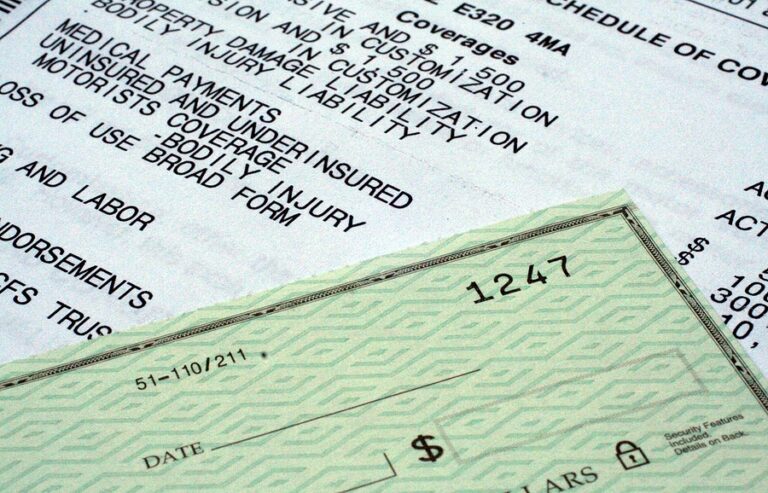What Does It Mean To “Stack” Insurance Policy Coverage?
Insurance policies are contracts. You (the policyholder) agree to pay the insurance company a certain amount of money,…
Insurance policies are contracts. You (the policyholder) agree to pay the insurance company a certain amount of money, and the insurance company agrees to provide insurance coverage for liability, and often uninsured motorist coverage or underinsured motorist coverage as well. These coverages will each have a limit shown on your policy. Missouri requires insurance policies to carry at least $25,000 in uninsured motorist coverage (Mo. Rev. Stat. Section 303.030.5) but does not require underinsured motorist coverage. Often, the limits will be in the following denominations: $25,000/$50,000, $50,0000/$100,000, $100,000/$300,000, or $250,000/$500,000. The first number is the most any one person can recover under the insurance policy, the second is the most parties can recover for any one accident. For example, if four parties are injured by a driver with a $250,000/$500,000 policy, the most the parties can recover among all four of them is $500,000, and no one person can recover more than $250,000.
“Stacking” may apply to uninsured motorist coverage or underinsured motorist coverage. This kind of coverage comes into play if you are injured by another driver who either does not have insurance (uninsured) or if the driver has insurance that does not fully compensate you for your injuries (underinsured). Underinsured coverage will apply if you have a $75,000 hospital bill, but the other driver only has $25,000 in coverage – their policy limit does not even cover your full bill, and therefore you can make an underinsured claim. Both claims are made against your own insurance company.
“Stacking” means applying coverage from multiple policies to one accident. For example, say you’re injured by an uninsured driver while driving your 2015 Ford Fusion. You have an insurance policy providing $100,000/$300,000 in uninsured coverage. The most you can recover is $100,000, right? Well, maybe. Say you have another vehicle insured with the same limit, $100,000/$300,000. Can you recover under that policy also? Sometimes. “Both uninsured motorist coverage and [underinsured motorist] coverage are in the nature of floating, personal accident insurance rather than insurance on a particular vehicle, and thus follow the insured individual wherever he goes.” Niswonger v. Farm Bureau Ins. Co., 992 S.W.2d 308, 313 (Mo. App. 1999). Missouri requires uninsured motorist policies to stack but does not require underinsured motorist policies to stack. Id. Whether underinsured motorist policies, stack depends on the individual policy language. Id.
Even though uninsured motorist policies must be stacked, the amount of the “stacked” policies can be limited by the policy language to the state $25,000 minimum. See, e.g., Copling v. Am. Family Mut. Ins. Co., 612 S.W.3d 226 (Mo. App. 2020). Whether a Court will conclude a policy stacks a full amount or does not stack at all often depends on whether policy language is “ambiguous.” The ambiguity of policy language often depends on the interpretation of numerous cases, statutes, and insurance policies and arguments as to the legal significance of the language involved. If you have a stacking issue arise in your case, I strongly recommend you contact an attorney and discuss the matter before accepting any amount in settlement from your insurance company. Hiring an attorney under these kinds of circumstances can potentially increase the value of your claim significantly, depending on the policy language. At the least, communicating with an attorney will let you know whether or not the insurance company is fairly representing the amount of your coverage to you. If you have such an issue, please contact me for a free consultation.
Visit our listing on STL.News







